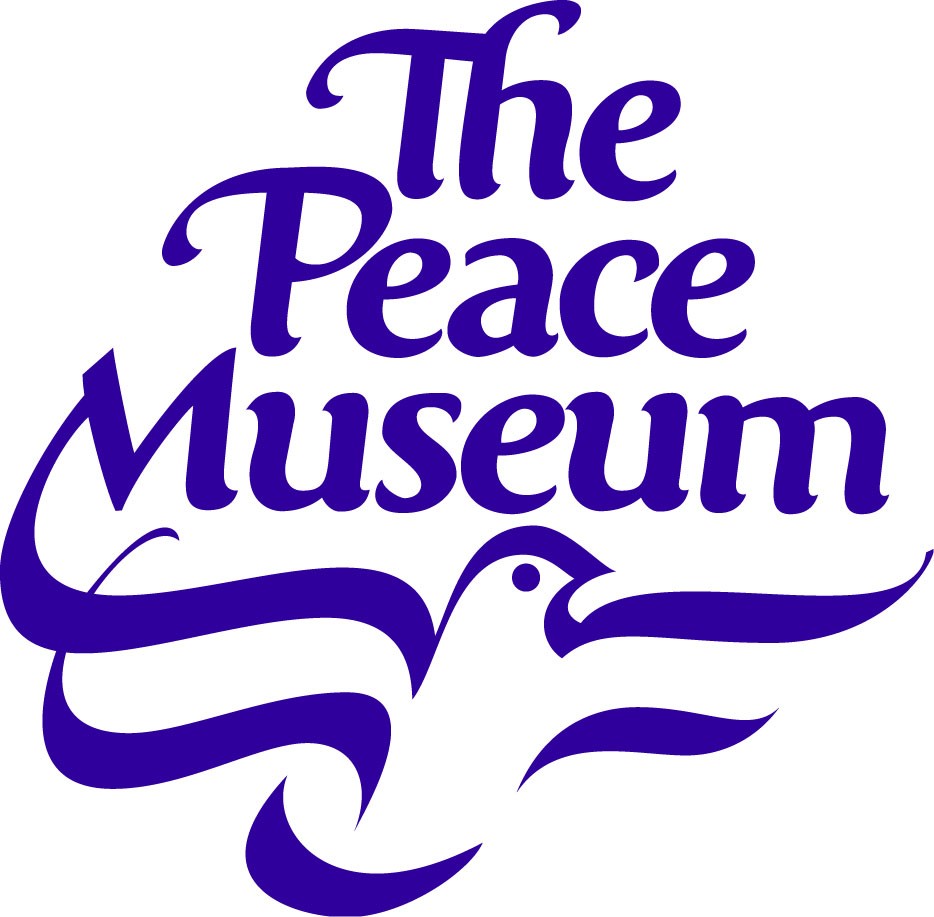
Your Complete Guide to the Chicago Blues Scene
 Your Complete Guide to the Chicago Blues Scene |
|
ABOUT THE GUIDE ●clubs ●bands ●radio shows ●record labels ● EVENTS NEWS FEATURES REVIEWS ●Live Shows PHOTOS CONTACT  |
And
This is Free: The Life and Times of
Chicago's Legendary Maxwell Street
MultiPac DVD, CD, booklet
By
Stephanie Schorow
Probably every major American city has a seedy, shady yet colorful
neighborhood that isn't missed until it's gone. For Boston, that
neighborhood was the lively, raunchy Scollay Square; only after the area
was razed in the name of urban renewal in the 1970s were its honky-tonk
dives and burlesque joints celebrated.
In New York City in the 1970s, politicians vowed to clean up
Times Square, but now, the influx of chain stores and upscale mini-malls
around 42nd Street has people reminiscing about the good, bad
old days.
Chicago's legendary Maxwell Street on the city's Near West Side
was one of those places that people love to remember – an open-air
marketplace for bargain hunters and hustlers, for street musicians and
sidewalk preachers, for someone shopping for shoes, for another seeking
to save souls. In the early 1900s, the area near Halsted Street became
the place for immigrants to begin their search for the American dream by
running large open-air stores and flea markets as well as restaurants,
delicatessens and other businesses. Then it was dubbed Jew Town -- in
those politically incorrect days, a label considered no more insulting
than Chinatown is today. Later, African-Americans moving north found
Maxwell Street a haven for commercial activities, entertainment and
music, as blues and gospel singers filled the street with song and
salvation. By the early 1960s, the seven-block area was a bustling
carnival of all kinds of commerce, legal, illicit and somewhere in
between. By the 1990s, the market was moved to accommodate expansion of
the University of Illinois and an era seemed to be over, much mourned by
long-time Chicagoans.
That era is revived in
And This is Free, a new "MultiPac"
published by Shanachie Entertainment, which features a DVD, CD and
booklet chronicling Maxwell's colorful history. The DVD contains several
documentaries, starting with
Mike Shea's 1964 film, "And This is Free," an exquisitely shot,
black-and-white tribute to the market's unique flavor. Kicking the DVD
off with Shea's 50-minute feature is a bit of a gamble. This documentary
contains no narrative; Shea just takes you to the street and lets the
story unfold, something with the potential to bewilder the non-Chicagoan
watcher.
To test this, I gathered a group of Boston-area friends (I alone
was a Chicago native) to watch the documentary. Even though none had
even heard of Maxwell Street before, they were mesmerized by Shea's
intimate camera work, which showed off the merchants, the extraordinary
blue singers and the odd characters, like Casey Jones,
the famed bedraggled Chicken Man who performed with a feathered
companion. Even without an authoritative voice explaining, documentary
style, what they were seeing, my friends "got it," and enjoyed the
spectacle. So much of what makes Maxwell Street special is,
paradoxically enough, universal to other urban dwellers who love the
gritty soul of their chosen municipalities, those places that the
tourists seldom see.
The original
And This is Free was
culled from the 20 hours of footage shot on the street in the summer of
1964, and includes music by
Robert Nighthawk, Johnny
Young and James and
Fanny Brewer. Shea, a LIFE photographer turned filmmaker, went on to
make feature films in Hollywood until his death in 1995.
The DVD also includes a more traditional documentary that fills
in the information gaps. The 30-minute
Maxwell Street: A Living Memory
by Shuli Eshel examines the lives of Jewish merchants who first turned
Maxwell Street into what many consider the largest open-air market in
the country. The DVD also includes archival film footage and photos that
give a sense of the historical sweep of the market.
Those who want even more history can read through the 36-page
booklet that includes more photos and more eloquent memories of Maxwell
Street. As Ira Berkow, author of
Maxwell Street: Survival in a Bazaar, writes in his essay, "It was a
carnival, it was a bazaar, it was as some believed and perhaps with some
credibility, a thieves' den; it was almost home to snake charmers, a
horse that could count with a clop of his hoof, an assortment of con
men, blues musicians, the self-styled King of Hoboes, an "Indian Chief"
in war bonnet and penny loafers, honest businessmen, the ladies of the
night (and morning and afternoon), Gypsies, Jews, Italians, Irish,
Bohemians, Poles, Russians, Greeks, Latinos, blacks."
The
CD contains an overview of blue musicians who, beginning in the 1920s,
turned the streets into impromptu concerts halls. Some of the tracks
were actually recorded on Maxwell Street and include performances by
Daddy Stovepipe,
Robert Nighthawk,
Jimmy Rogers and the
Baby Face Leroy Trio with
Muddy Waters and
Little Walter. If you love
rough, raw, roots blues, you'll revel in
Arvella Gray's
down-and-dirty version of "John Henry" and
Johnny Williams' soulful
"Worried Man Blues."
Of
course, the memories of Maxwell Street tend to soften the rough edges.
Moreover, the information in the booklet and DVD is a bit overwhelming;
there are a lot of stories to absorb and the profusion of details can be
confusing to those who've never been to Maxwell Street, much less to
Chicago; would it be too much to ask for a small map? Or even
directions? But, as my friends demonstrated, those who never set foot in
Chicago will enjoy the chance to explore the hustle and bustle of
Maxwell Street, recognizing in its history the story of the immigrant
experience in America and the birthplace of Chicago blues.
Stephanie Schorow (www.stephanieschorow.com)
is a freelance writer and book author living in the Boston area.
### |
|
|